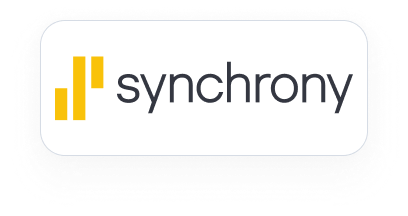
Food Waste Solutions: 5 Innovative Tech Tools Making a Difference in the U.S.
- By May Khin
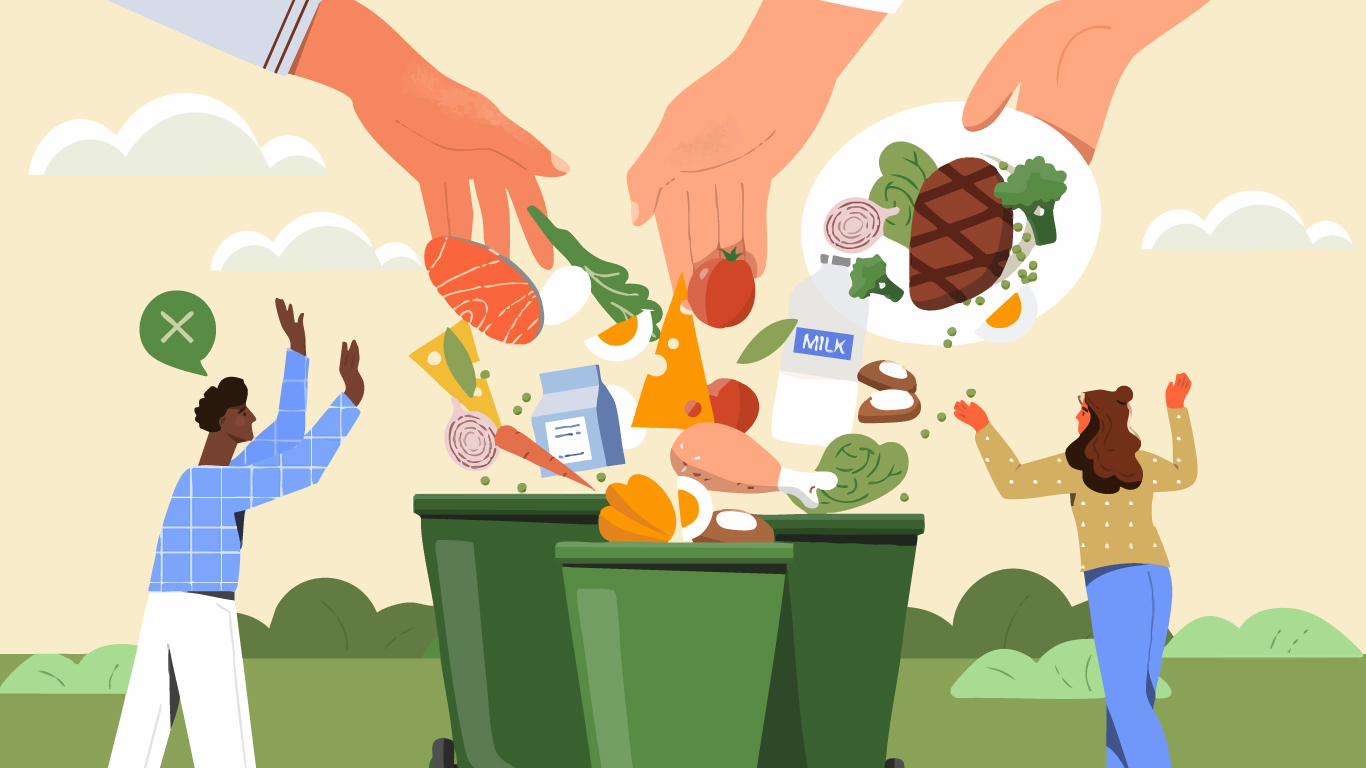
Innovative Tech Solutions to Combat Food Waste in the U.S.
By May Khin

Food waste in the United States represents a significant environmental, economic, and social challenge. Approximately 30-40% of the food supply is wasted annually, equating to about 133 billion pounds and a financial loss of $161 billion. This waste contributes to 22% of municipal solid waste in landfills, where it generates methane, a potent greenhouse gas. Addressing this issue requires innovative technological interventions across the food supply chain. This article explores various technologies aimed at mitigating food waste, supported by data and insights from recent research.
Advanced Technologies in Food Waste Management
Artificial Intelligence (AI) and Machine Learning
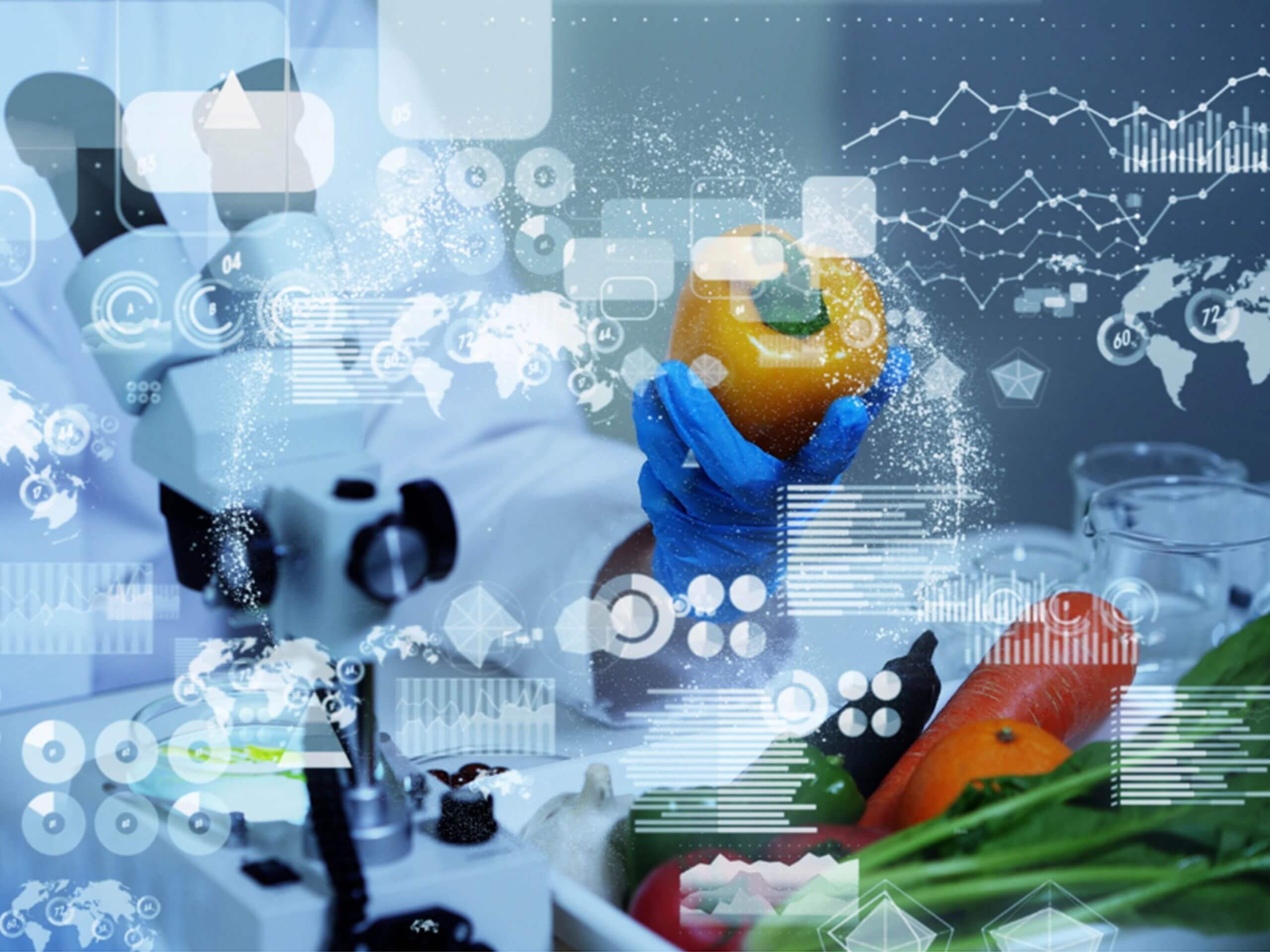
AI and machine learning are revolutionizing food waste management by enhancing demand forecasting and inventory management. These technologies analyze historical sales data, seasonal trends, and external factors to predict demand accurately, thereby reducing overproduction and spoilage. For instance, AI-driven systems can optimize production schedules, minimizing waste and improving efficiency.
Internet of Things (IoT) and Smart Sensors

IoT devices and smart sensors provide real-time monitoring of food storage conditions, such as temperature and humidity, ensuring optimal preservation. These sensors can alert stakeholders to deviations that may lead to spoilage, allowing for timely interventions. In urban settings, IoT-enabled pneumatic waste collection systems streamline waste segregation and collection, enhancing recycling efforts.
Blockchain Technology
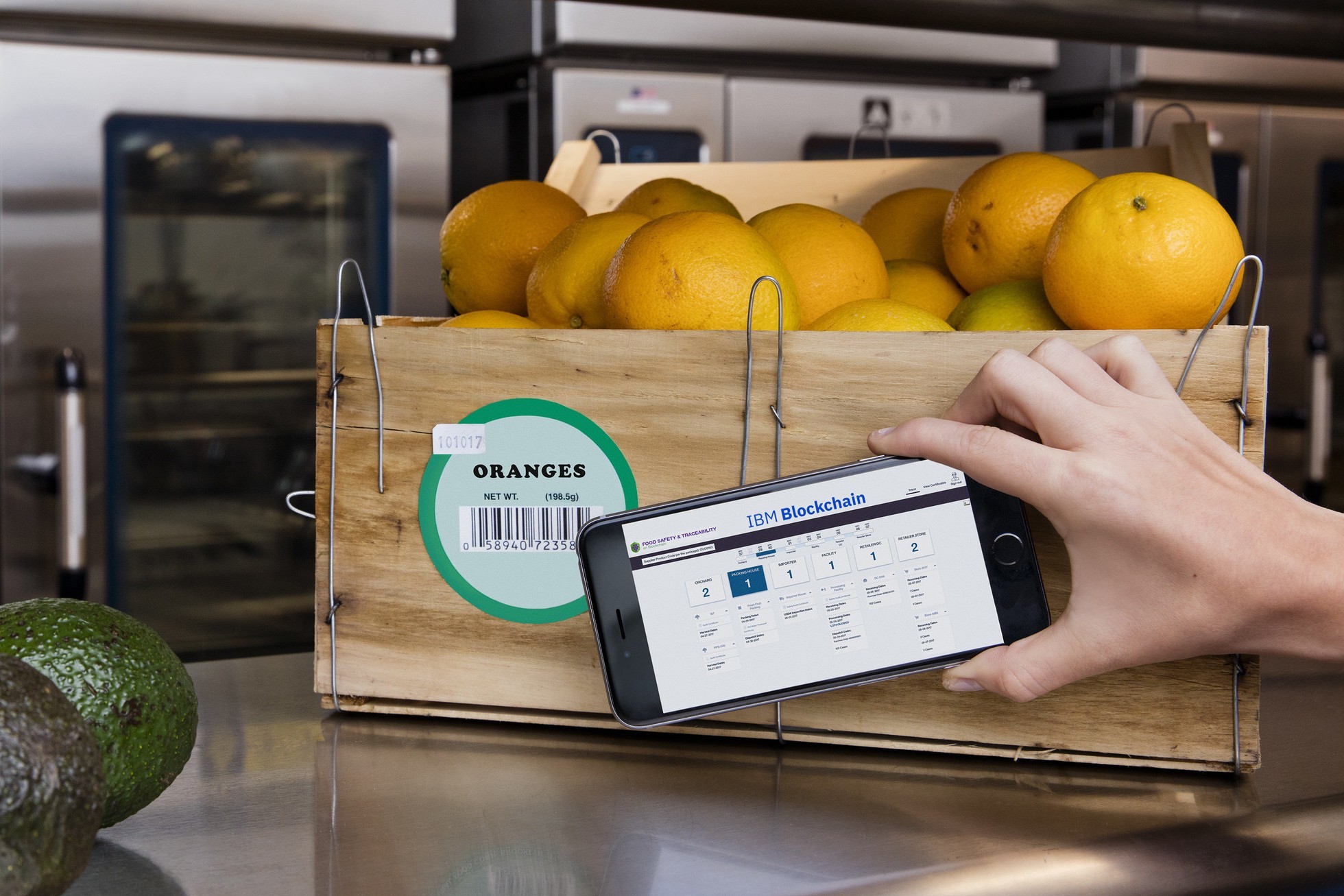
Blockchain offers transparent and immutable tracking of food products from farm to table, enhancing traceability and accountability. This technology ensures that food items are handled appropriately throughout the supply chain, reducing losses due to mishandling or fraud. Consumers can access detailed information about the origin and journey of their food, fostering trust and encouraging responsible consumption.
Food Waste Apps and Platforms

Digital platforms connect businesses with surplus food to consumers or organizations in need, facilitating redistribution and reducing waste. Apps like Too Good To Go and Olio enable users to purchase excess food at discounted prices or share surplus food within communities. These platforms have gained popularity, demonstrating the potential of technology to address food waste at the consumer level.
On-Site Composting Solutions

Technological advancements have led to the development of efficient on-site composting systems for both residential and commercial use. Devices like the Reencle Prime transform food scraps into compost rapidly, reducing the volume of waste sent to landfills and providing nutrient-rich soil amendments for gardening.
Case Studies and Implementation
Leanpath’s Food Waste Prevention Solutions
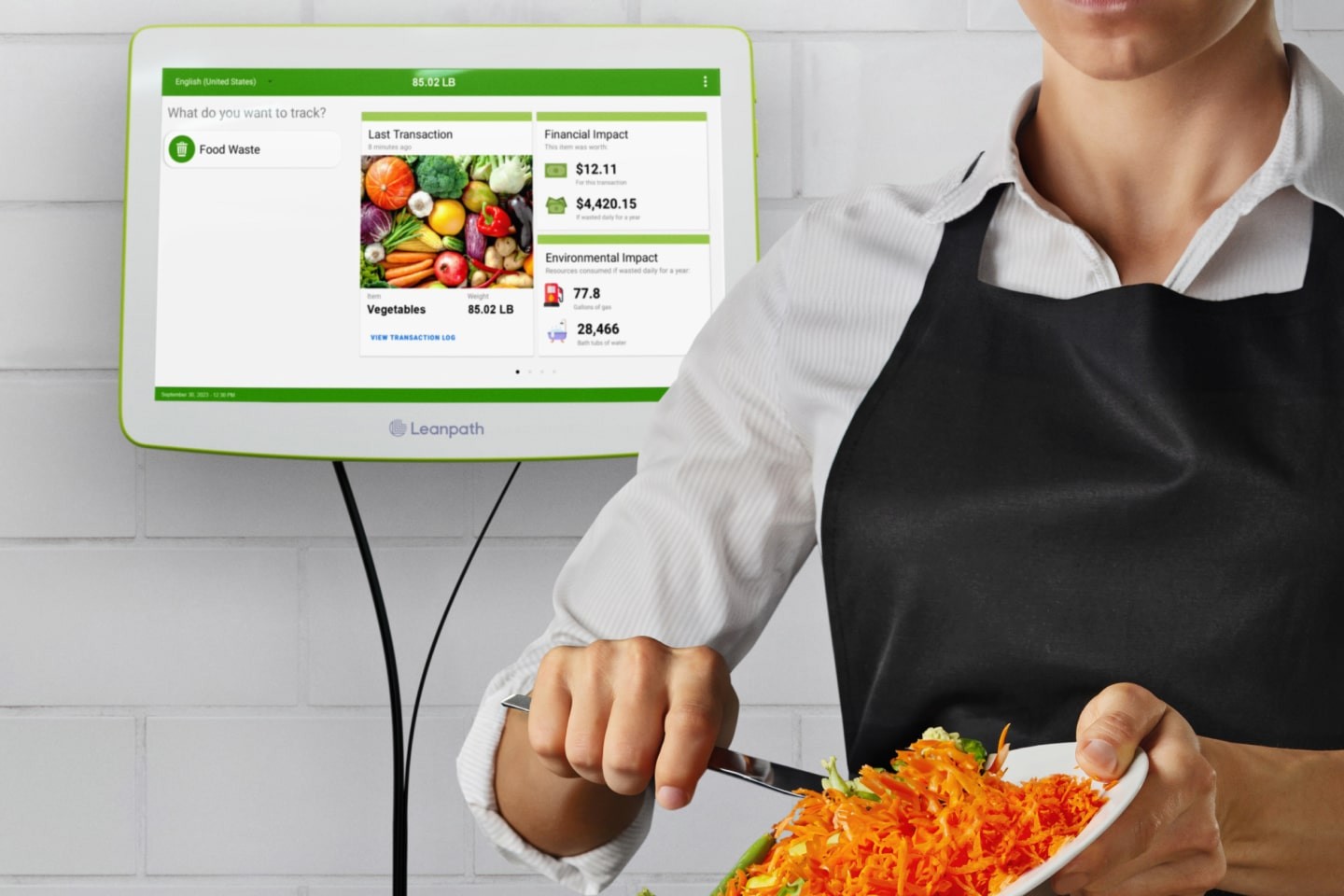
Leanpath utilizes AI-driven tools to monitor and analyze food waste in commercial kitchens. By identifying waste patterns and providing actionable insights, Leanpath has enabled organizations to reduce food waste by up to 50%, leading to significant cost savings and environmental benefits.
Mill Industries’ Kitchen Appliance
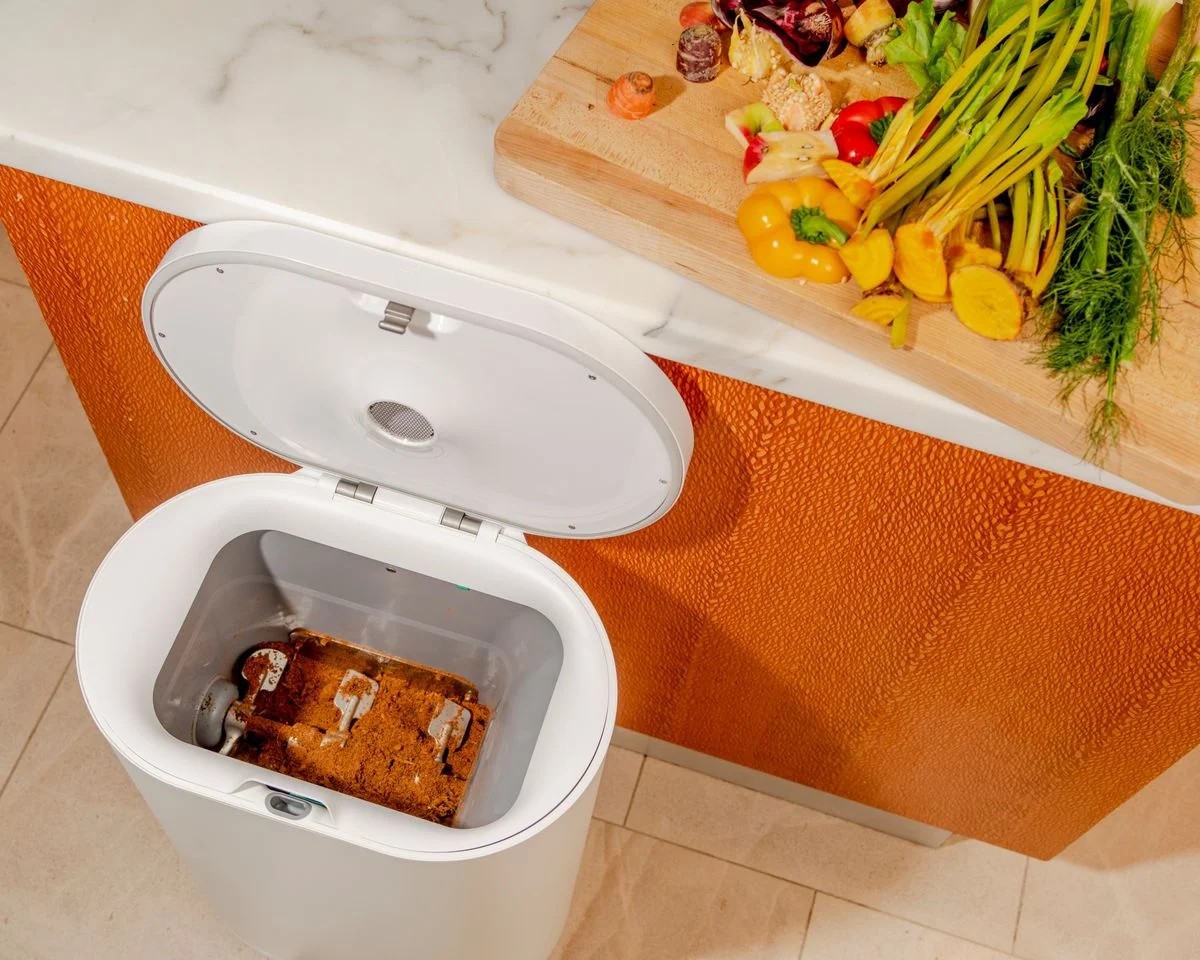
Mill Industries introduced a kitchen appliance capable of grinding and dehydrating food waste overnight, producing dry grounds that can be used as fertilizer or collected for further processing. This innovation offers a convenient solution for households to manage food waste sustainably.
Challenges and Considerations
While technological solutions offer promising avenues for reducing food waste, challenges remain in their implementation. High initial costs, the need for infrastructure development, and behavioral resistance can hinder adoption. Additionally, ensuring data privacy and security in digital platforms is crucial. Collaborative efforts among policymakers, industry stakeholders, and consumers are essential to overcome these barriers and promote widespread adoption of these technologies.
Multifaceted Solutions
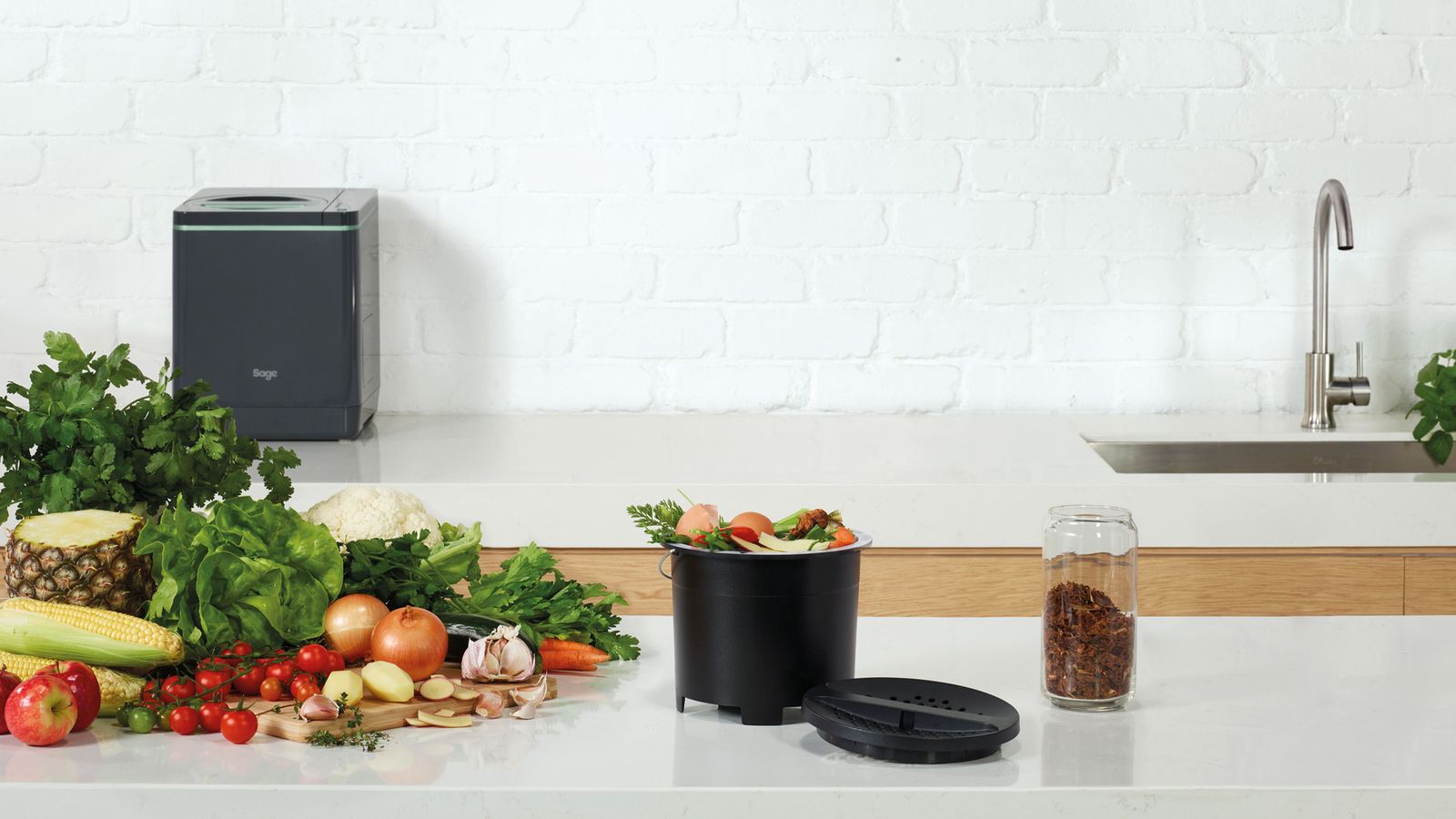
Technological innovations play a pivotal role in addressing America’s food waste crisis by enhancing efficiency, transparency, and sustainability across the food supply chain. From AI-driven analytics to IoT-enabled monitoring and blockchain traceability, these technologies offer multifaceted solutions to a complex problem. Continued investment, research, and collaboration are imperative to scale these solutions and achieve significant reductions in food waste nationwide.













